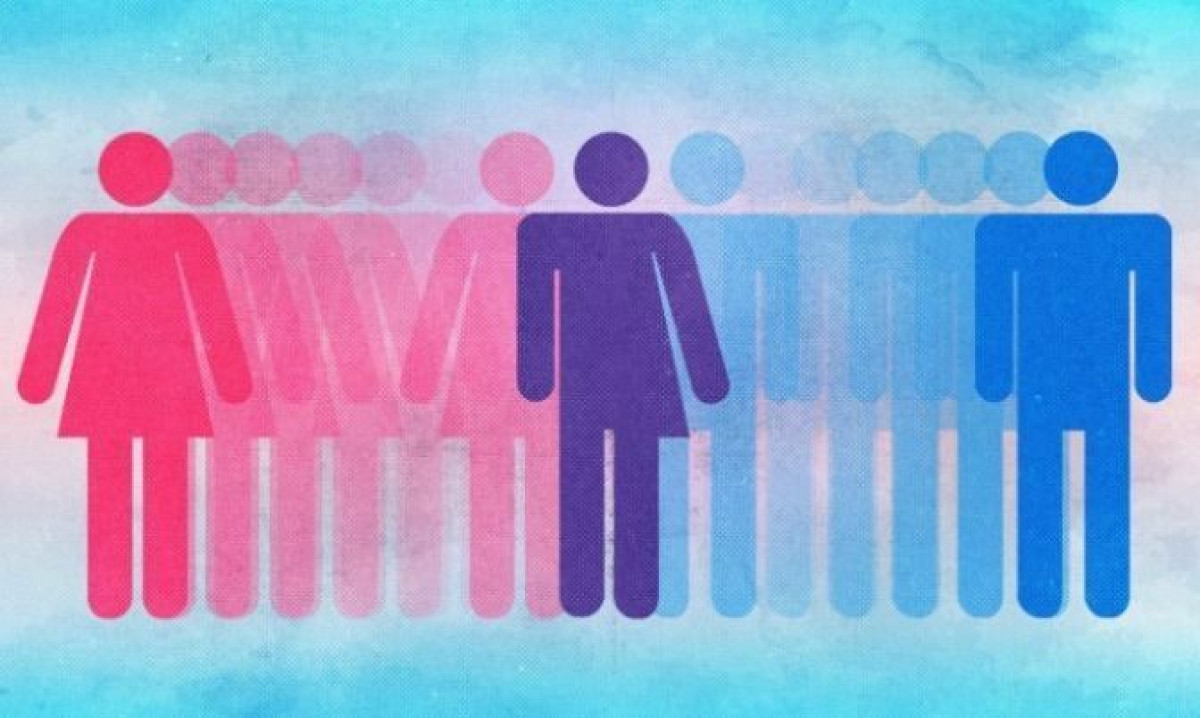New Queer Cinema, the 80’s to early 90’s wave of LGBTQ filmmaking that cascaded upon the mainstream and and art cinema industry. This era of films was often characterized by independent filmmakers, queer stories, representation of subcultures, and an attitude of defiance, revolution, and sensuality. Though produced a bit after the peak of NQC, From the Edge of the City is a 1998 film that challenged the necessity of positive and palatable representation of queer identities, with its playful yet gritty aesthetics and production. Despite its later release, it absolutely could be considered as New Queer Cinema. Author Michele Aaron states that in regards to NQC filmmakers, they were, “No longer burdened by the approval-seeking sackcloth of positive imagery.” And according to Ruby Rich, the woman who coined the name NQC, what characterizes NQC is what she calls a “shared commitment to pleasure.” Similarly, this film we’re considering has a lot of themes of pleasure and hedonistic lifestyles, and refuses to adhere to the idea that queer identities must be enjoyable and digestible on screen for the masses. The combination of the genres of art and fiction film mingle delicately, yet loudly, with the element of documentary and non-fiction, with the realism of the untrained actors and eye contact with the camera.
The film also makes itself known as a film about immigrants and their struggles. It considers the hardships of the young queer men in question, while also taking a more global and political perspective, discussing the isolation, discrimination, and loss of opportunity certain groups of ethnicities and language-speakers face. As Queer Cinema evolves, we are no longer simply producing intimate and personal stories of self identification and love. We are exploring the relation of queer identities with global politics and issues, especially those of migrants. It seems From the Edge of the City was perhaps ahead of its time, or possibly a trailblazer in the evolution of queer cinema.



![Amazon.com: Law of Desire [Region 2]: Eusebio Poncela, Carmen ...](https://images-na.ssl-images-amazon.com/images/I/51R380XWHPL._SY445_.jpg)

